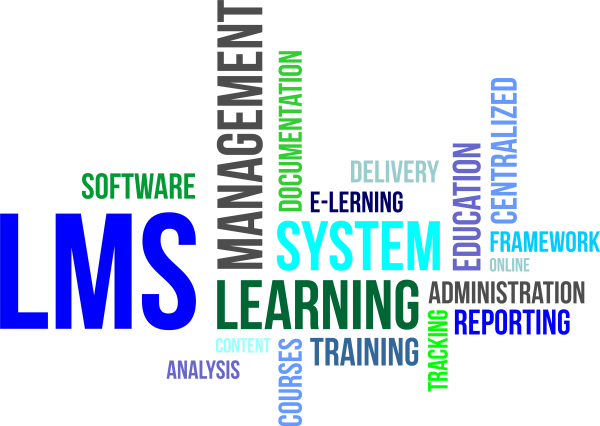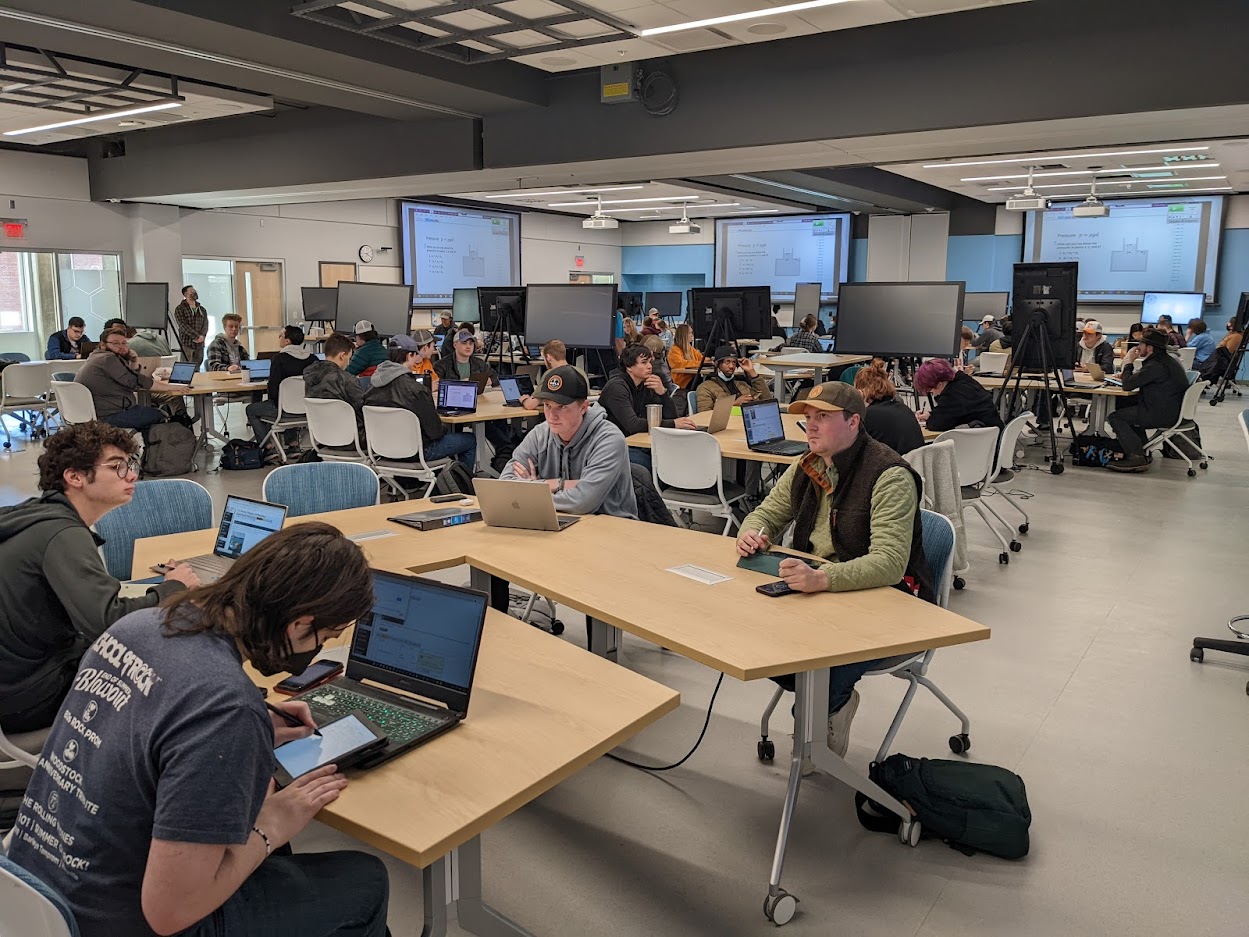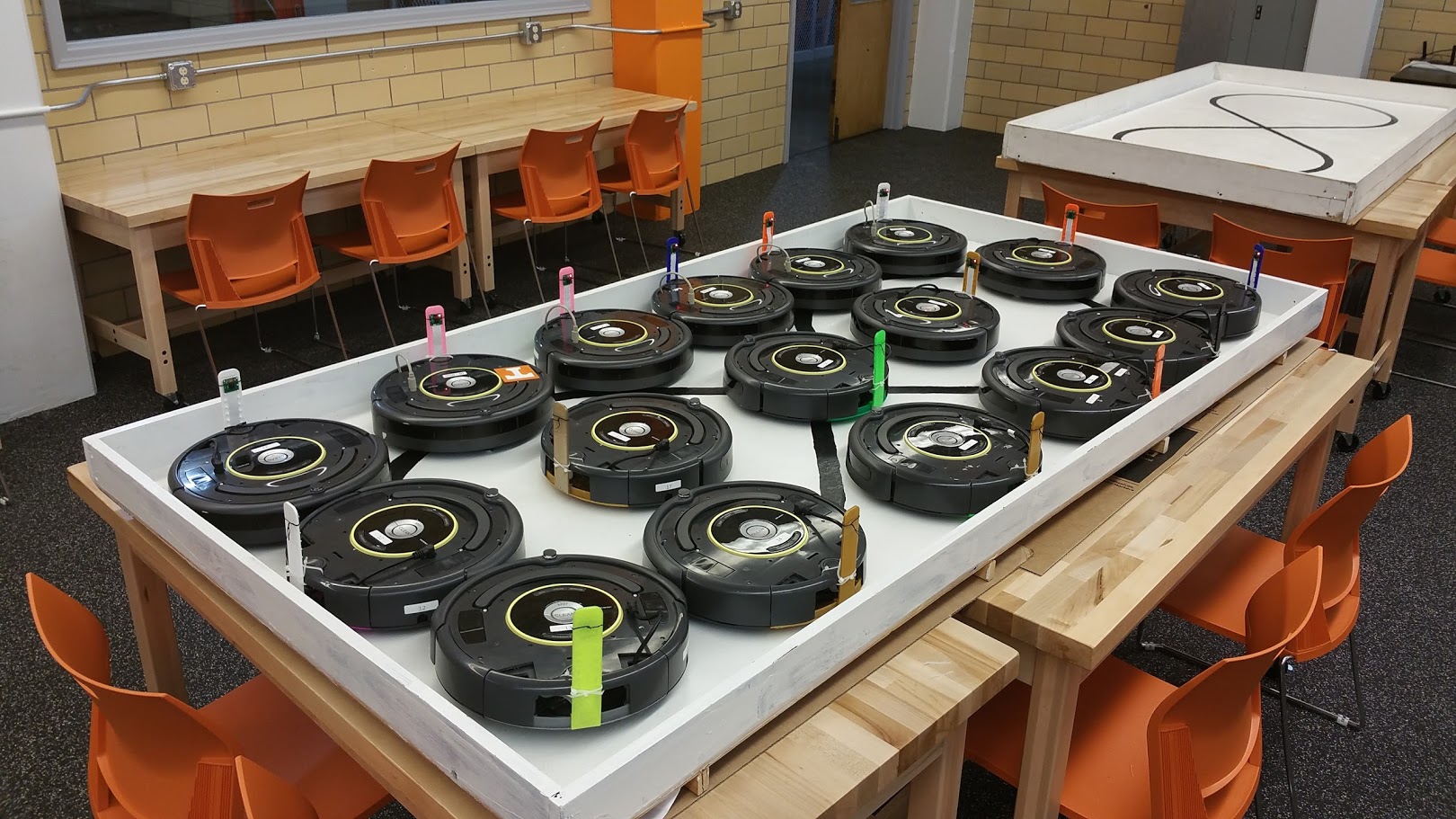William R. Schleter
Philosophy
Teaching Statement
Put yourself in the student's shoes.
That's it, my entire philosophy of teaching in one short sentence. However, I suppose I need to expound to demonstrate the many ways I try to apply that philosophy.
- I try hard to see things from a student's perspective and to do the things I would want someone else to do to help me learn.
- I have an open door policy so that students can talk to me at any time. I answer student questions via email and via our web discussion board at all times of the day and all days of the week.
- I get to class early and talk to students, and I stay after lecture and answer questions.
- I visit labs, help sessions, and even other classes to both observe and actively participate.
- I talk with GTAs to get their feedback on what works and what doesn't.
- I watch students as they go through the process of learning and understanding.
- I try to understand what each type of student struggles with and what they need to succeed.
- I try to acknowledge, understand, and adapt to different learning styles.
- I develop and use methods of identifying and proactively working with at risk students.
Custom Course Management Web System

Twenty years ago when I started with Engineering Fundamentals we were tasked with teaching a large common class for all freshman engineering students.
An obvious requirement was that we have a centralized computer system to manage the class.
After evaluating the course management options available at the time and determining that they were not usable for our large, multi-section, multi-instructor environment, we decided to develop our own system.
What started as a simple networked database has evolved into a full-featured learning management system that makes all course information and resources available to the students and instructors.
This system has grown and evolved over time and is described in more detail in the the Service section of this document.
This system has allowed us to provide a consistent, high quality, customized LMS system for instructors and students with greatly improved efficiency of operation.
I've even applied the engineering concept of adaptive control to continue to evolve and improve the system based on the real-time results.
Next Generation Large Classes

The mission of Engineering Fundamentals is to effectively and efficiently teach a set of
common classes taken by a large number of freshman engineering students, regardless of departmental affiliation.
Engineering Fundamentals has been very fortunate to recently move into a new build with dedicated spaces for our classes.
I have been heavily involved in help design and implemention the space and tools required to help make our large classes more personal and effective.
Featured are things like:
Flexible rooms with tables and collaboration monitors rather than a traditional lecture space,
A web based system for presenting and tracking student use of pre-class materials, and reworking of class activities for more student interaction.
Large Classes and Team Teaching

or many years my assignment was much different than the traditional lecturer who might deal with several small classes.
The typical load in our program is two large classes. In my case this has usually meant one team-taught class physics class
and coordinating one large computer class.
While some programs may interpret team taught as splitting the load in half, we have taken the tag-team approach where we share all lectures, organize labs together, and truly interact together in all parts of the class. I've embraced the true team teaching approach used in our classes and sincerely believe that
the result is greater than the sum of the parts.
Lab Classes
Engineering Fundamentals is responsible for teaching two large computer classes. I was heavily involved in developing both of these classes and teaching them for several years, and I have now moved to a support and mentoring role for our newer faculty for these classes.
 The EF 230 class is a two credit hour programming class entitled "Computer Solution of Engineering Problems" that about half of all engineering students take during their sophomore year. Among my major accomplishments with this class were a complete rework of the class starting in Fall, 2011, and fully online section of the class in Fall, 2014. I am now working in a support role with that class, and in that mode I have had the time to help implement more hands-on lab activities including mobile robot programming and interfacing with microcontrollers (Arduinos).
The EF 230 class is a two credit hour programming class entitled "Computer Solution of Engineering Problems" that about half of all engineering students take during their sophomore year. Among my major accomplishments with this class were a complete rework of the class starting in Fall, 2011, and fully online section of the class in Fall, 2014. I am now working in a support role with that class, and in that mode I have had the time to help implement more hands-on lab activities including mobile robot programming and interfacing with microcontrollers (Arduinos).
The EF 105 class is a one credit hour introduction entitled "Computer Methods in Engineering Problem Solving" that the vast majority of freshman engineering students take. I did a complete rework of that class starting the Spring, 2007 semester. Recently I have worked closely with the current instructor to help implement a flipped class utilizing Prezi lectures integrated with our LMS online quizzes.
Professional Goals
 The overriding goal that has driven me from day one is providing students with the support and information they need to be successful. That, aligned with my interest and expertise in instructional technology, helps work toward the goal of providing the best possible web presence for our classes. Both creating a web system and developing courses draw heavily from information shared by others, thus another goal has been to "give back" to the online community. I have strived to do this by designing our web system to be as open as possible, thus sharing all general course content for current and past classes as a public web sites. In addition, I blog about general technology and teaching topics. Finally, I try to actively participate in as many OIT and TTLC activities as possible, thus sharing information and experiences with the university community.
The overriding goal that has driven me from day one is providing students with the support and information they need to be successful. That, aligned with my interest and expertise in instructional technology, helps work toward the goal of providing the best possible web presence for our classes. Both creating a web system and developing courses draw heavily from information shared by others, thus another goal has been to "give back" to the online community. I have strived to do this by designing our web system to be as open as possible, thus sharing all general course content for current and past classes as a public web sites. In addition, I blog about general technology and teaching topics. Finally, I try to actively participate in as many OIT and TTLC activities as possible, thus sharing information and experiences with the university community.